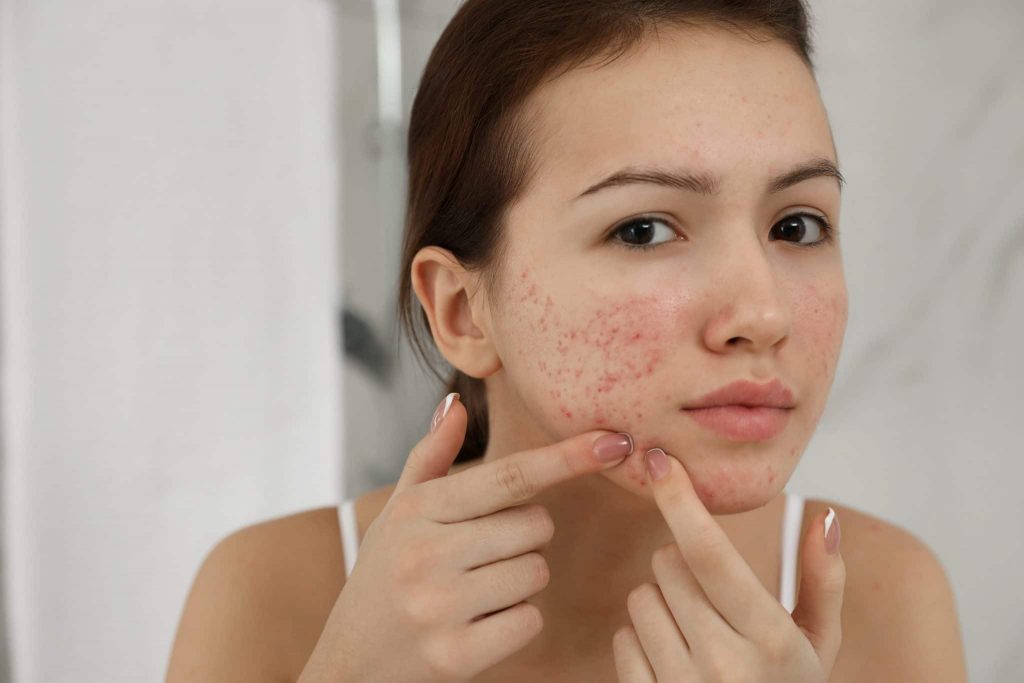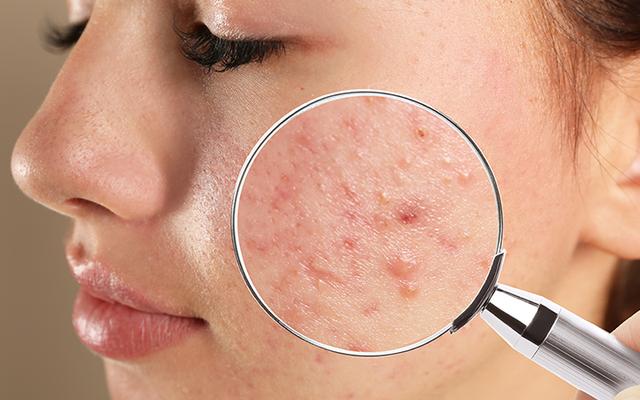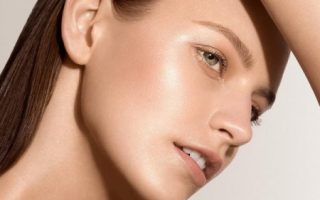Bismuth oxychloride is used in the cosmetics, plastics, and pharmaceutical industries. It’s a compound of bismuth, oxygen, and chlorine, with a chemical composition of BiOCl. It’s usually used as a pigment or filler in cosmetics like eyeshadows and nail polishes, where it reflects light. It also prevents the breakdown of plastics by ultraviolet radiation when used in manufacturing products such as sunglasses, toys, and even lenses used in telescopes.
Bismuth oxychloride is a compound that contains both bismuth and oxygen. The chemical formula for bismuth oxychloride is BiOCl, with the O standing for oxygen, the Cl standing for chlorine, and the Bi standing for bismuth. The bismuth gives the compound its grey color, while the chlorine hints at its potential use as an antibiotic in medicine.
Features of Bismuth Oxychloride
Does Not Irritate Skin: Bismuth oxychloride does not irritate the skin despite its high melting point. It also does not cause any allergic reaction or other adverse effects when it comes in contact with the skin. This makes it a safe material for cosmetics such as eye shadows and blushes, lipsticks, and nail polishes. Although it is not shared, bismuth oxychloride has been known to cause skin irritations or adverse reactions in some people. It can cause allergies or rashes if you have sensitive skin or are allergic to other metals such as nickel or cobalt.
Acne-Prone Skin: Bismuth oxychloride is an ingredient used in some products designed to be used on acne-prone skin. These products contain anti-bacterial elements that help reduce acne outbreaks and prevent future breakouts. It is also utilized as an antiseptic that has antibiotic properties.
Toxicity of Bismuth Oxychloride: Bismuth oxychloride is toxic to humans if large quantities are consumed. The compound is used in cosmetics, but only in small amounts. Bismuth oxychloride can cause digestive problems such as nausea, vomiting, and diarrhea when taken in large quantities. These problems generally subside once the person stops consuming large amounts of bismuth oxychloride.
Cancer Risk: The IARC has not identified bismuth oxychloride as a cause of cancer. The National Toxicology Program (NTP) has not conducted extensive studies on the compound and therefore has not evaluated its long-term risk to human health.
Why We Use it in Our Shades
Bismuth oxychloride is used in some of the darker shades of our blushes and eyeshadows because it reflects light very well, which helps to create dimension and highlights on the skin. It is beneficial when paired with other metallic powders, like copper or bronze pigments. The finish can be described as a subtle, frosty glow rather than an authentic metallic finish–less gritty looking than pure-metal eyeshadow formulas and more subtle than shimmery powder formulas. We use it sparingly because too much of this ingredient can look quite frosty and emphasize pores on the skin.
Is Bismuth Oxychloride Harmless?
Yes, bismuth oxychloride is considered safe for use in cosmetics, and you can find it in many other products like shampoo, hair color, and lipstick. However, it should not be ingested or inhaled.
Know more at www.neutriherbs.com



